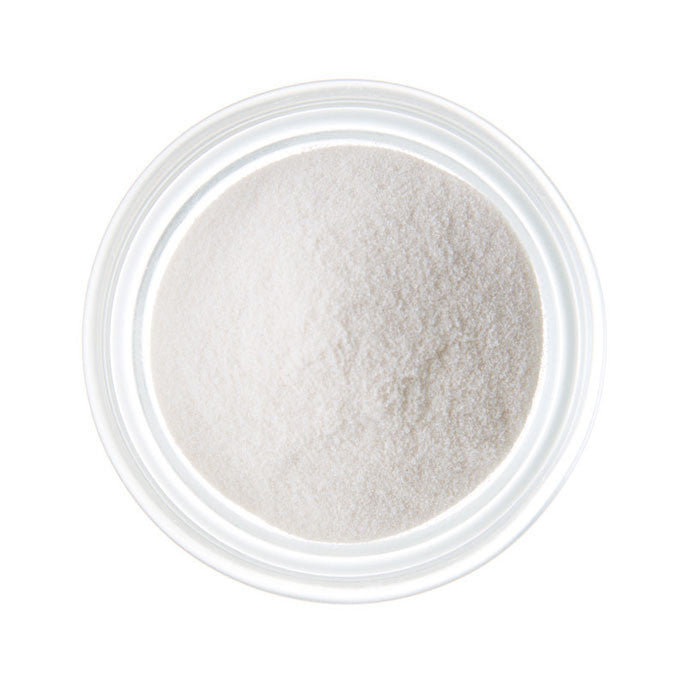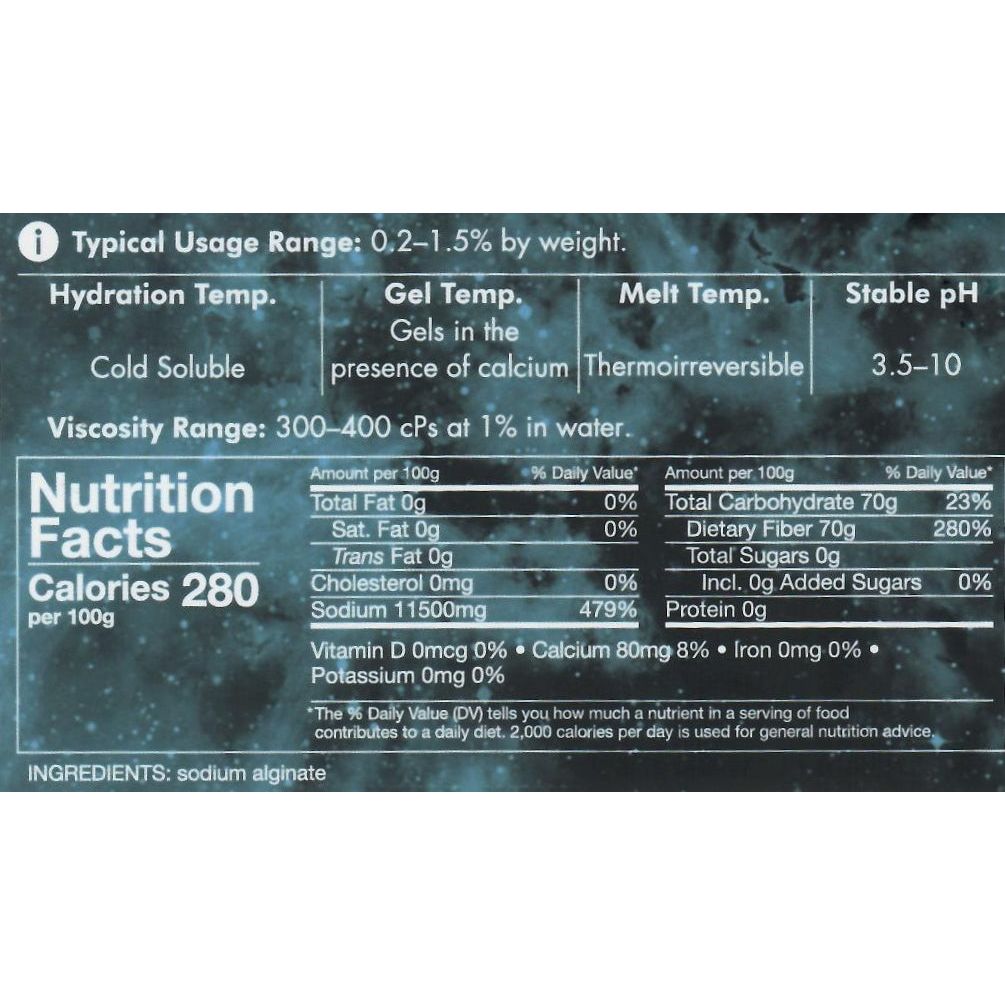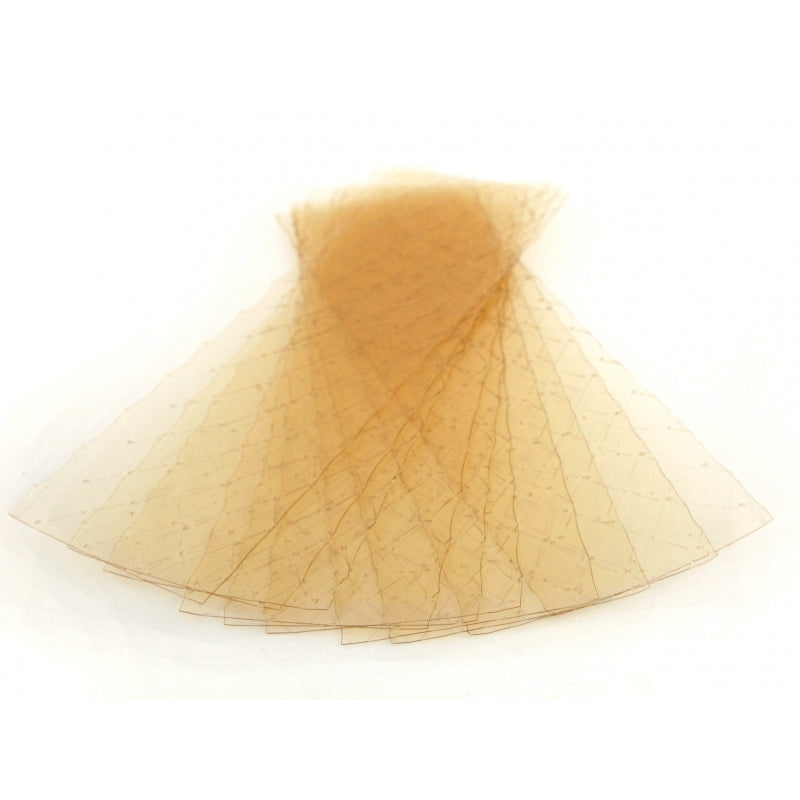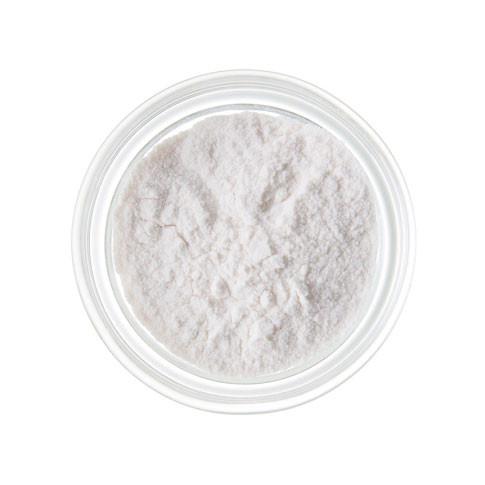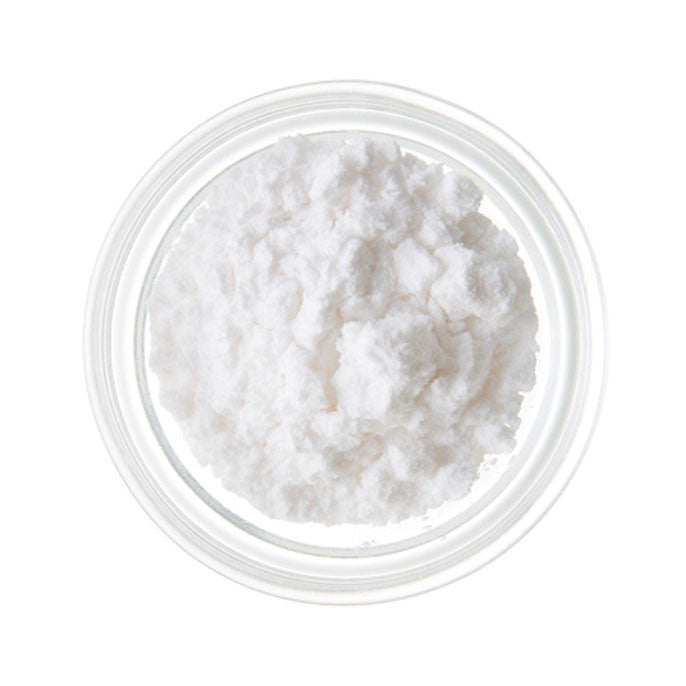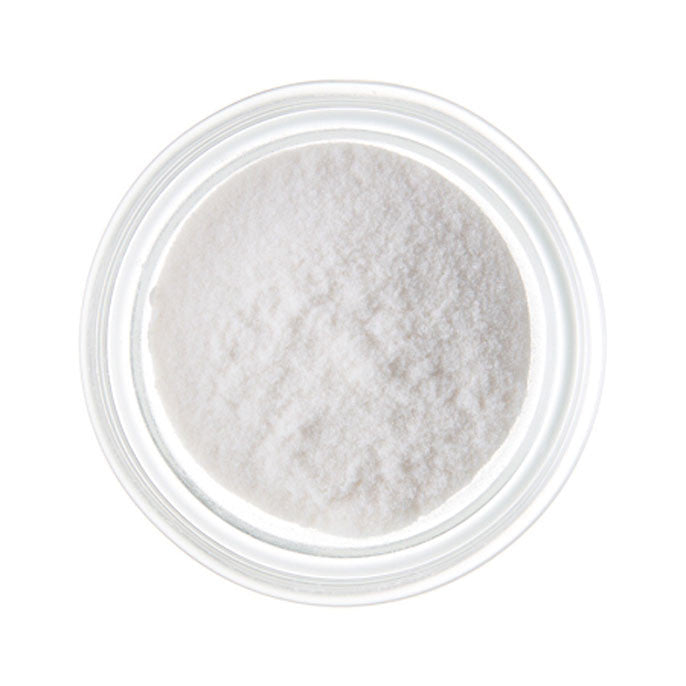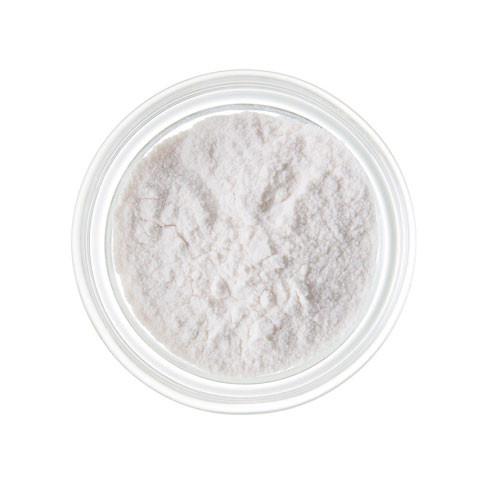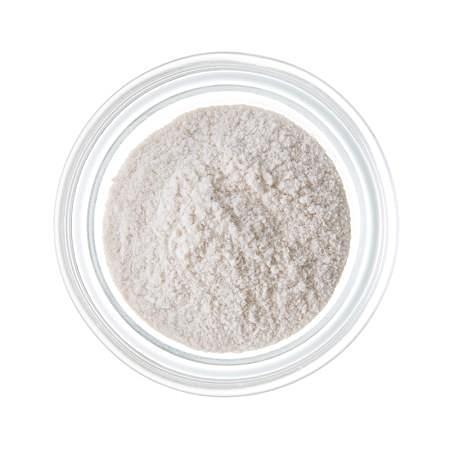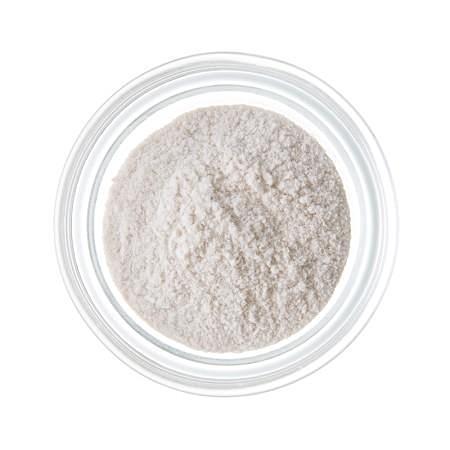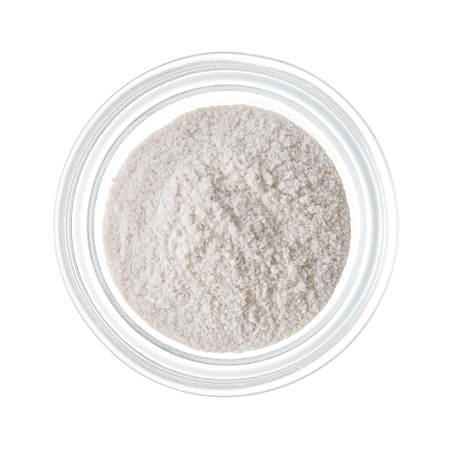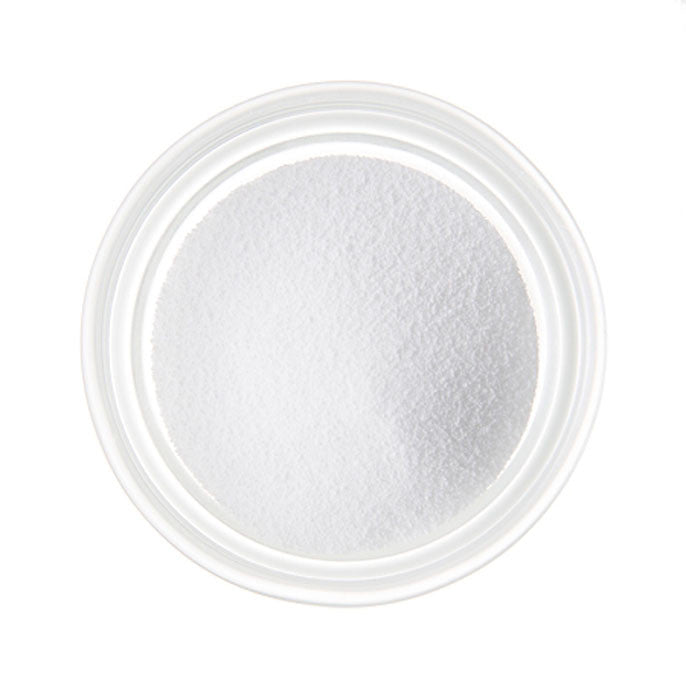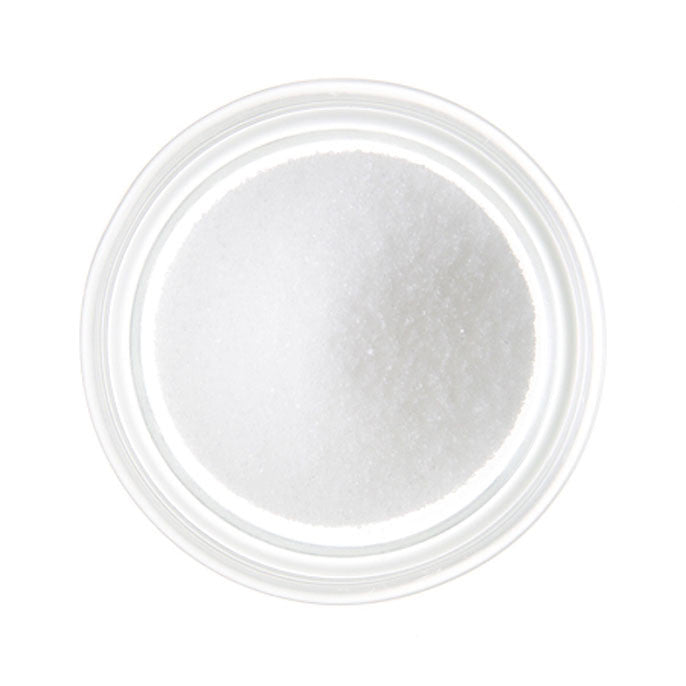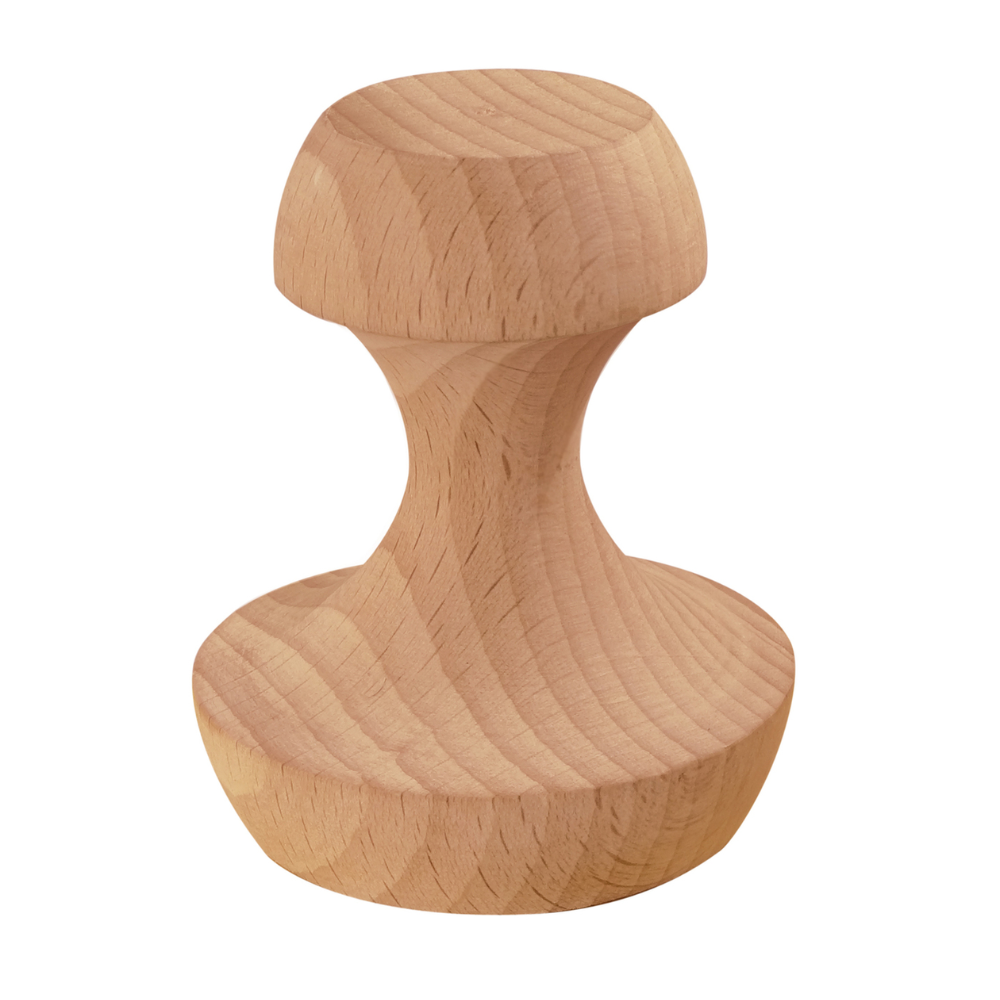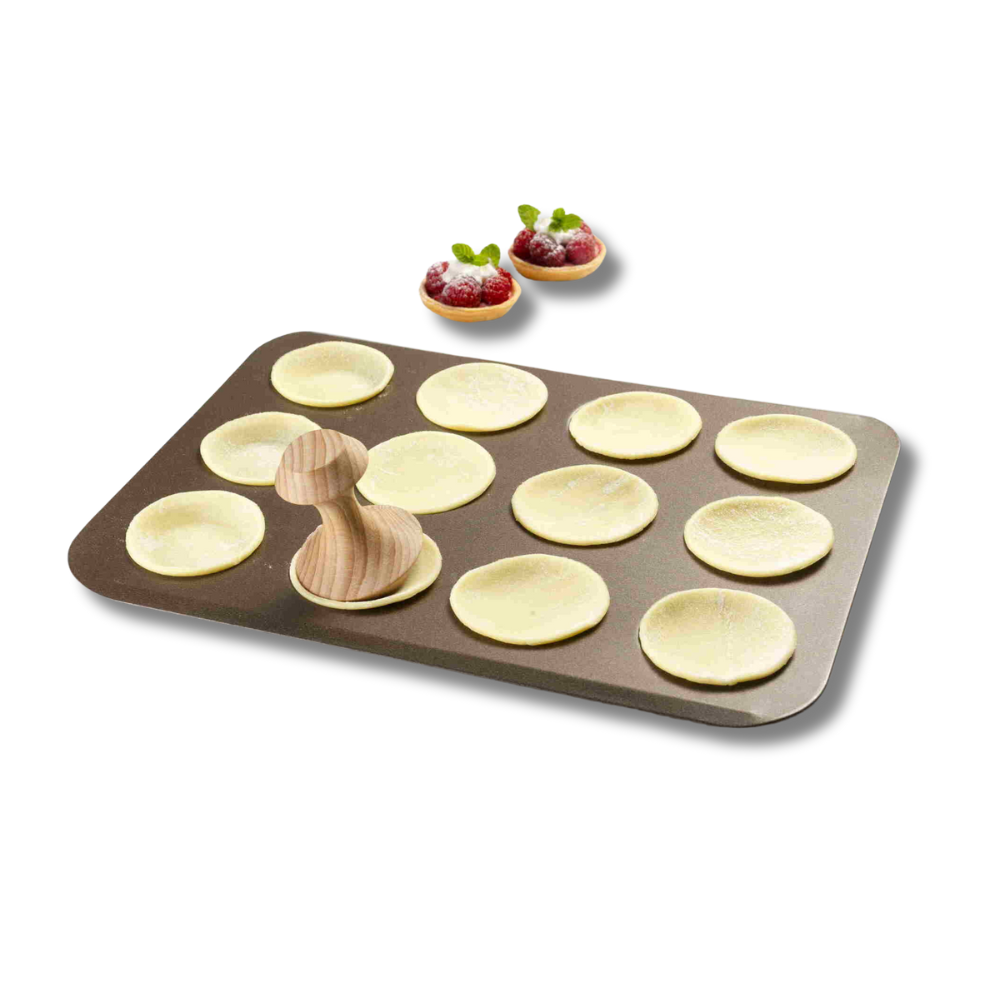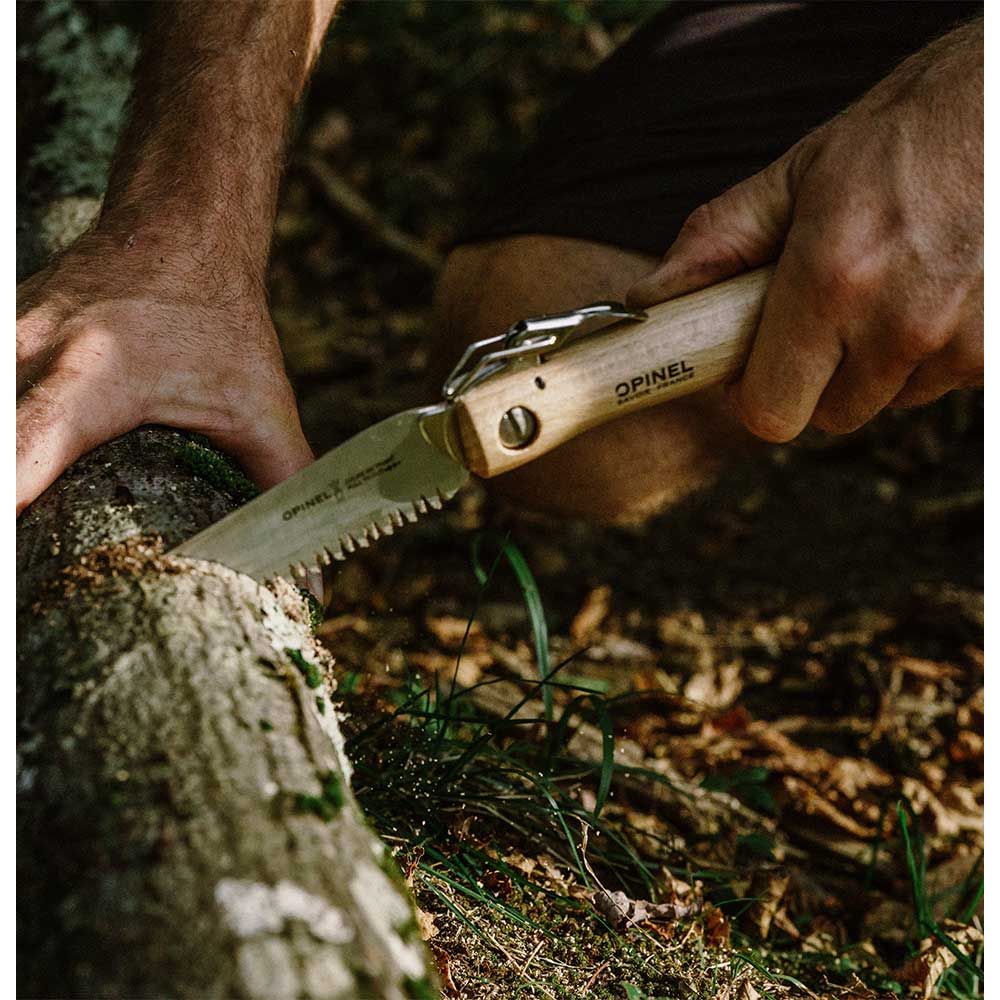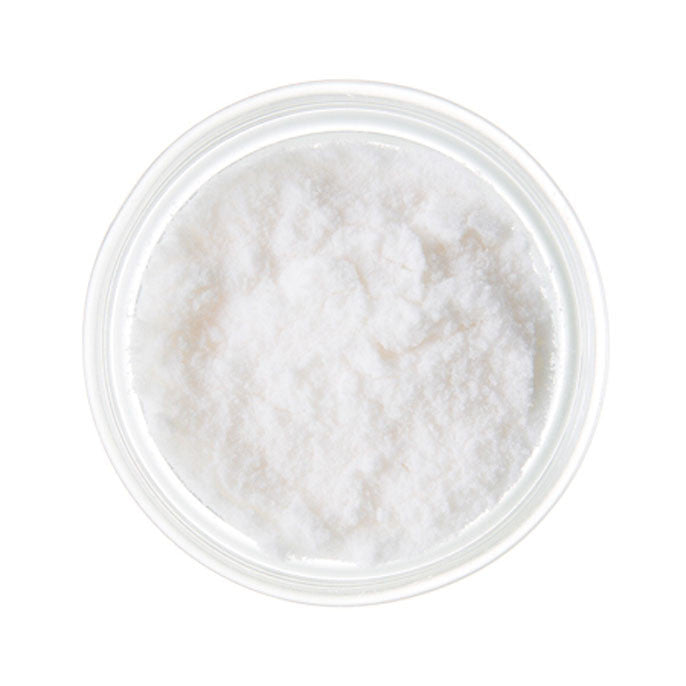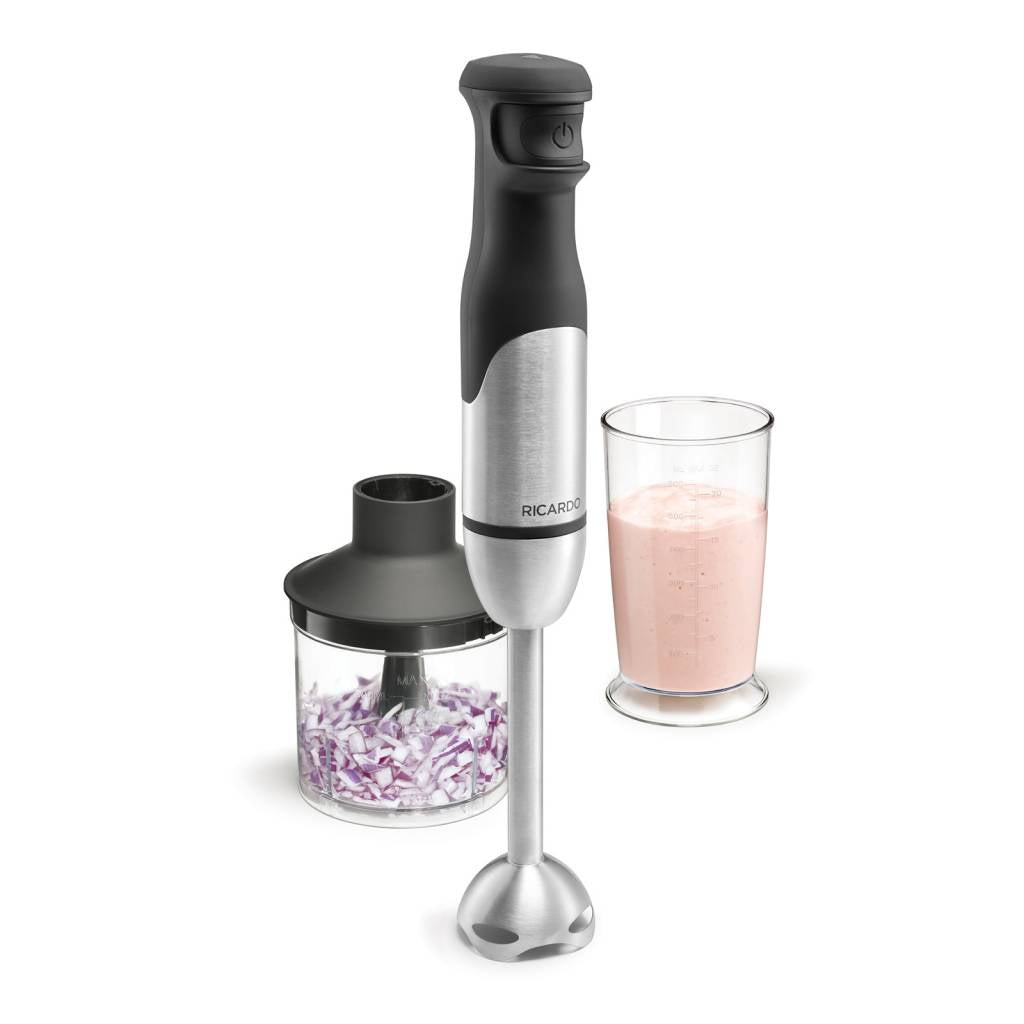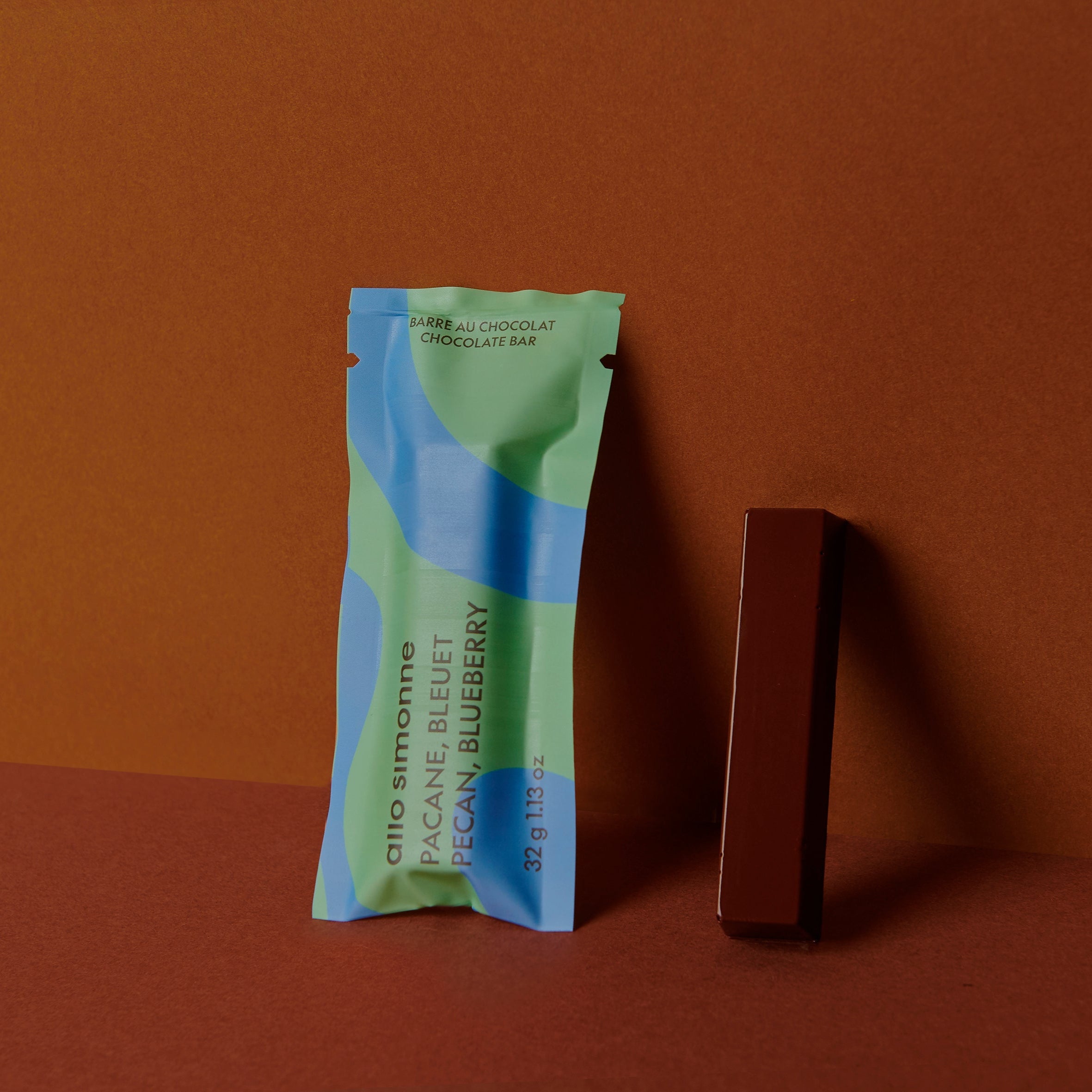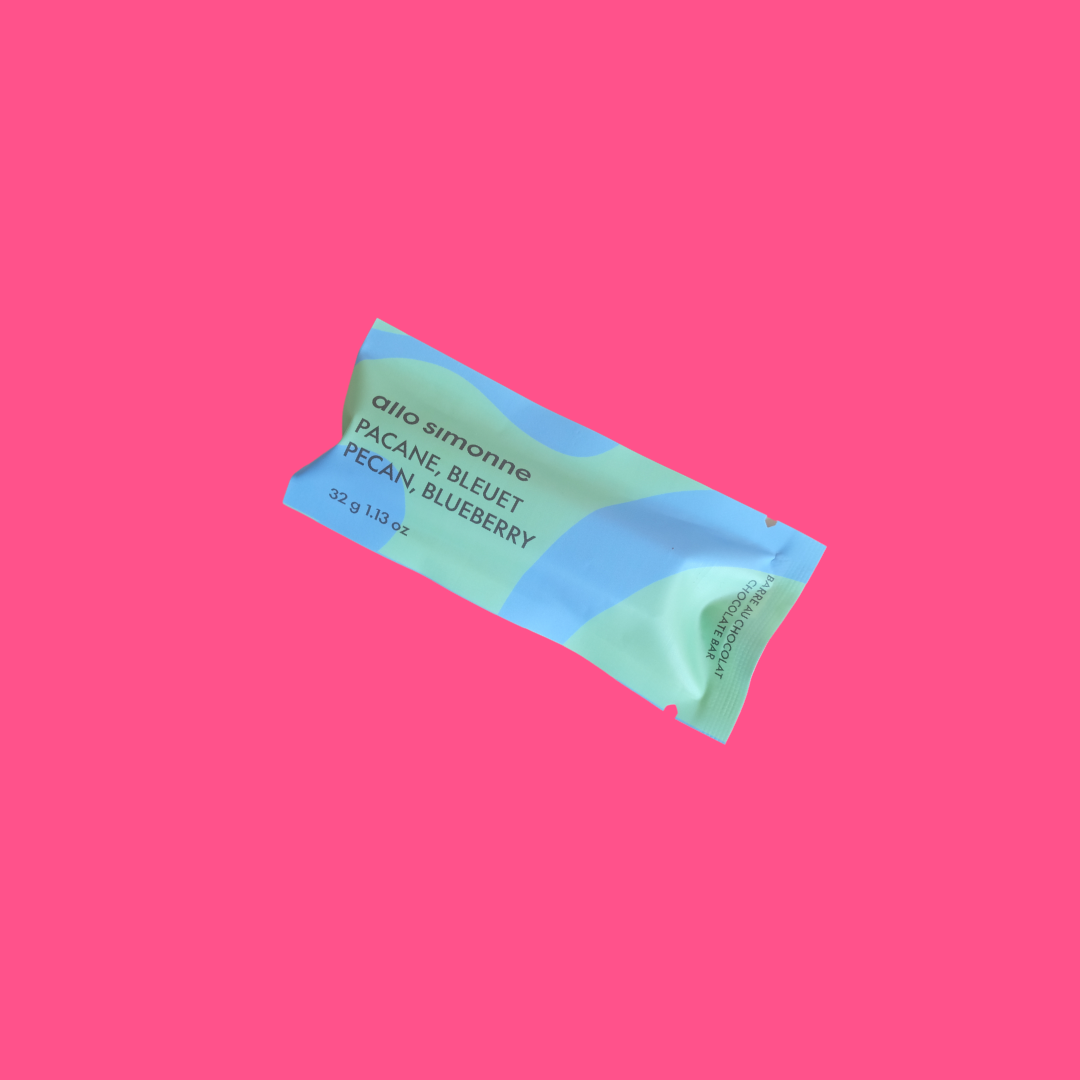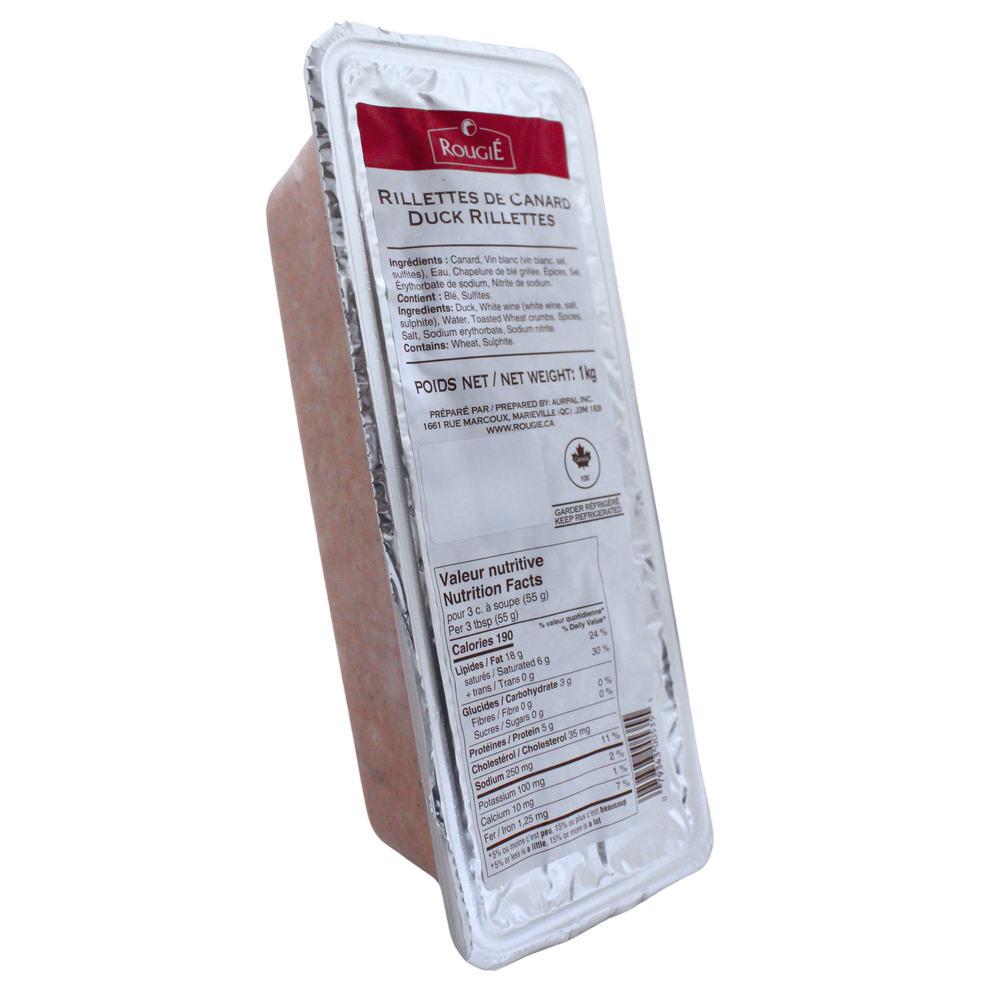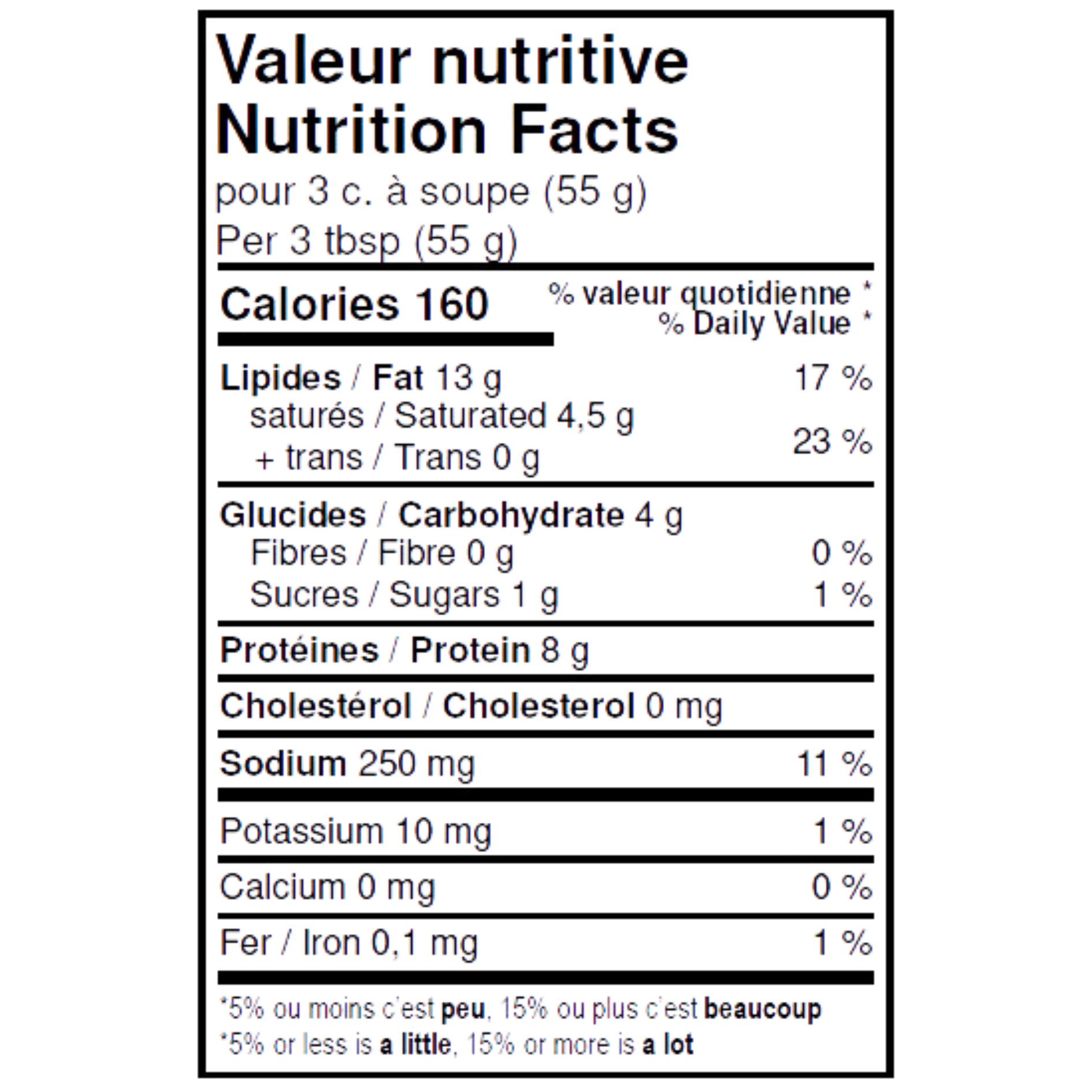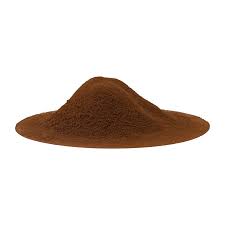Description
Alginate is a natural vegetable gelling agent, derived from dried, washed, crushed and powdered brown seaweed
Alginate is generally used at 2g for 200 to 300 ml of final preparation. This texturizer gels instantly when mixed with a calcium-rich preparation. It must be used in combination with a calcium source such as calcium lactate.
The preparation used must be fairly liquid and always contain a little "available" water, i.e. no emulsion, pure syrup or pure alcohol. It must not be too acidic (pH > 3).
Ingredients to avoid: pure alcohol, pure syrup, acidic fruits and vegetables or those very rich in mineral salts, certain spices (paprika...), dairy products or those rich in calcium (unless you wish to make a so-called "reverse" specification).
To make its famous liquid spheres, alginate must always be :
- mixed in a low-calcium preparation: for example, a mixture of syrup and low-calcium mineral water (<30 mg/L)
- added drop by drop to the calcium-enriched preparation (added calcium salt). Once finished, the balls will keep their shape
The formed spheres do not melt again, they can be integrated in a hot dish. However, be careful not to boil them too much, as they may split.
Make ravioles with dairy products: by following the technique known as "reverse spherification", the gelling process does not continue. The realization is a little more delicate. It consists in dipping a preparation naturally rich in calcium (e.g. dairy products) or enriched (addition of calcium lactate if necessary) in a soaking bath containing not calcium salt, but sodium alginate. This bath must not contain any calcium (use water with little calcium) or air bubbles: remove them by placing it in the refrigerator for 12 hours or by heating it slightly. Dosage of alginate bath: 2g of alginate mixed in 400 ml of very low calcium water.

